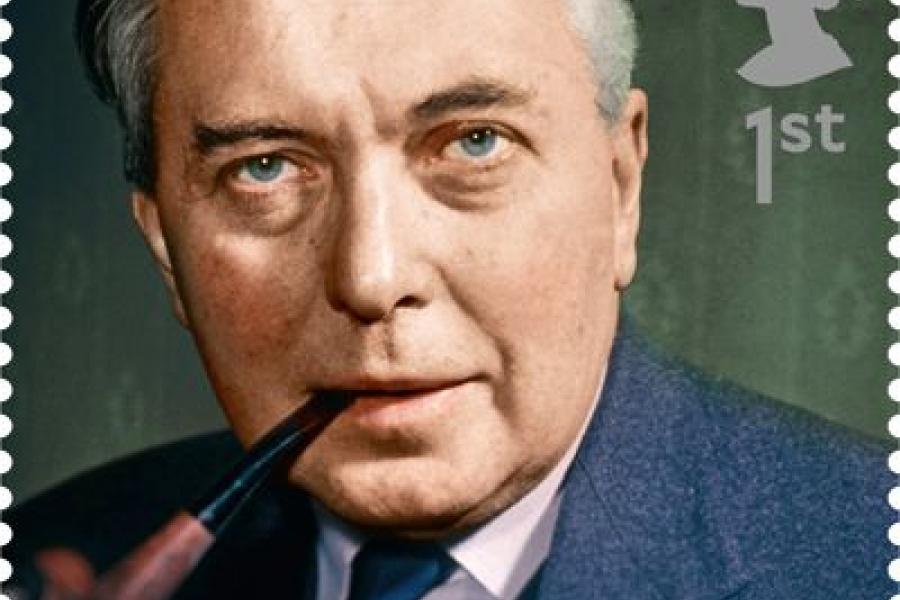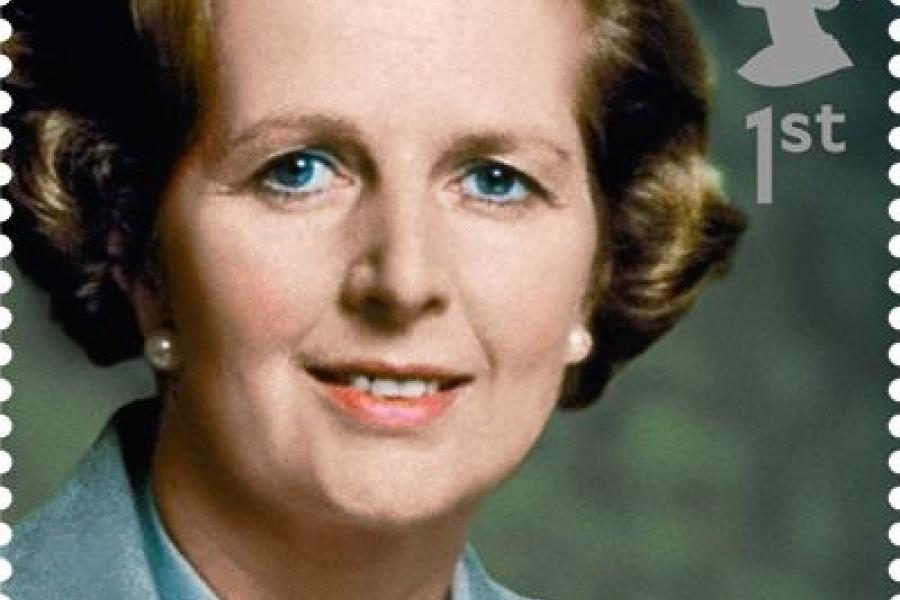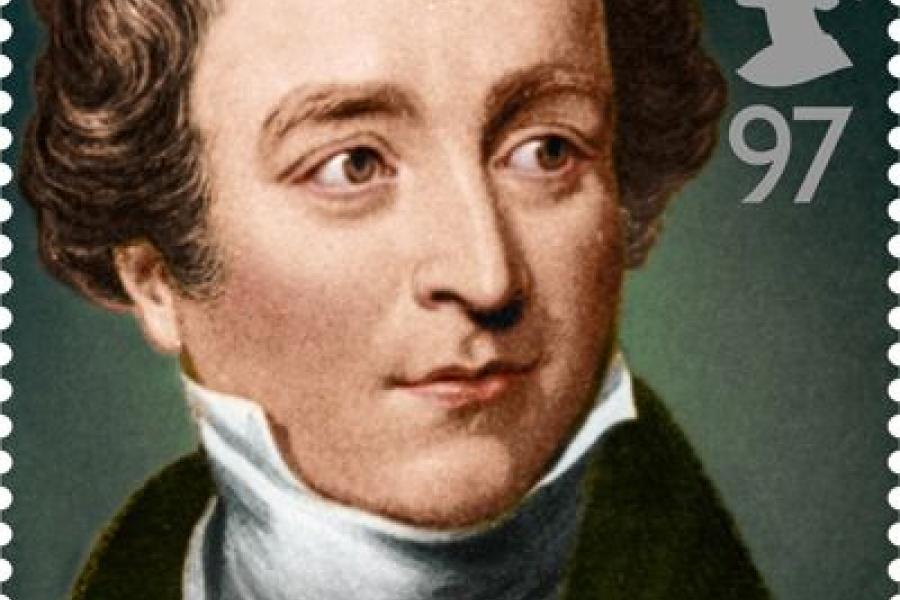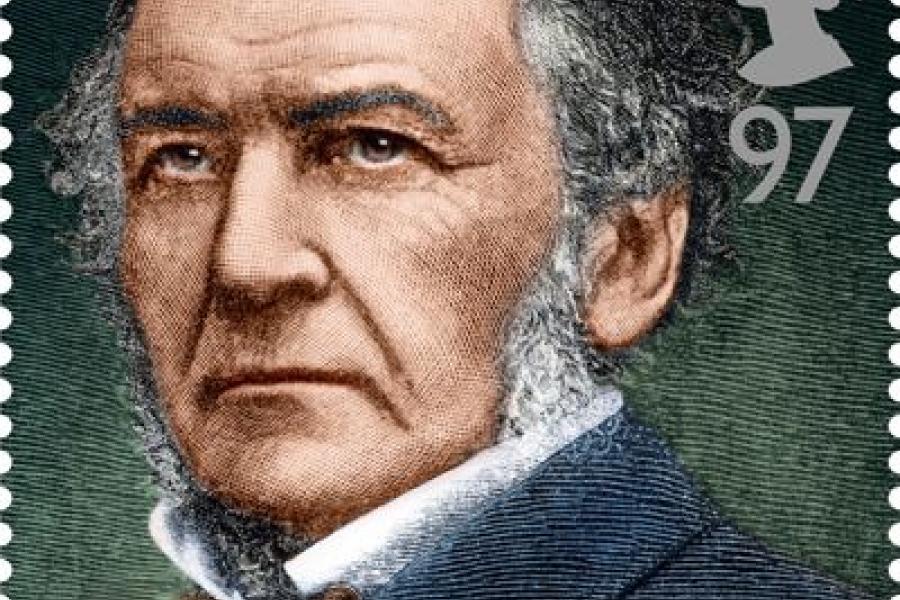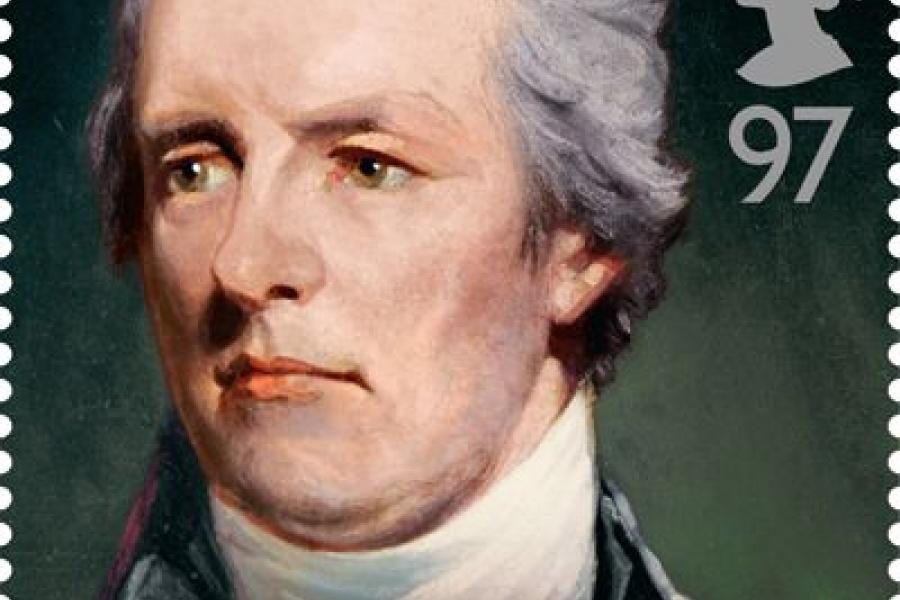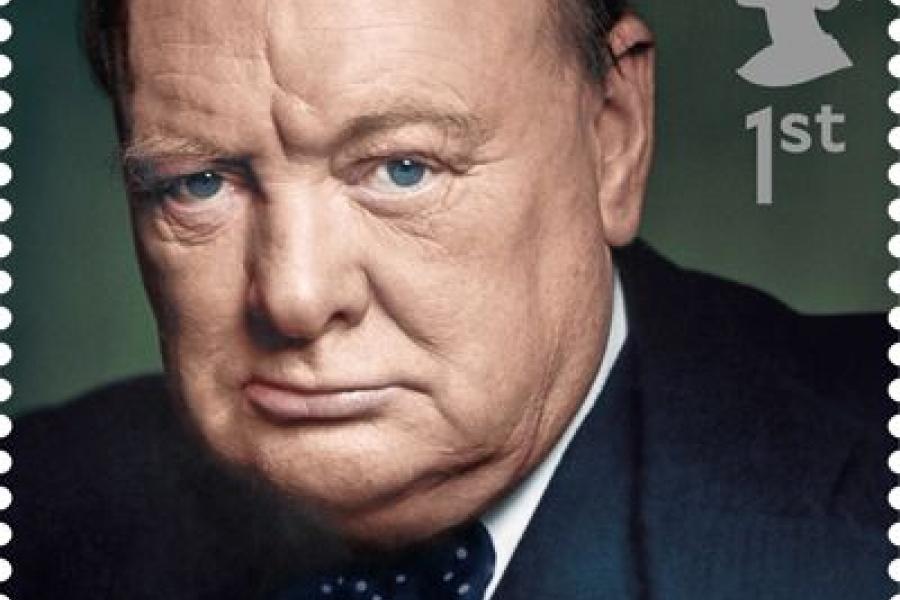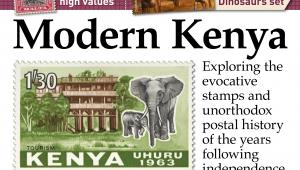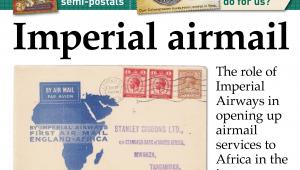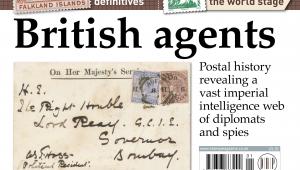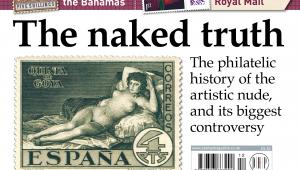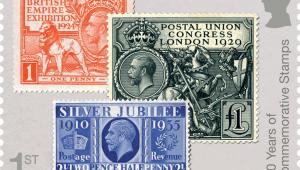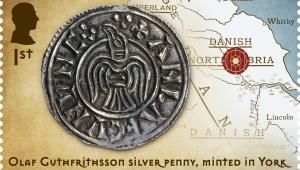Prime Ministers: Big beasts who climbed the greasy pole
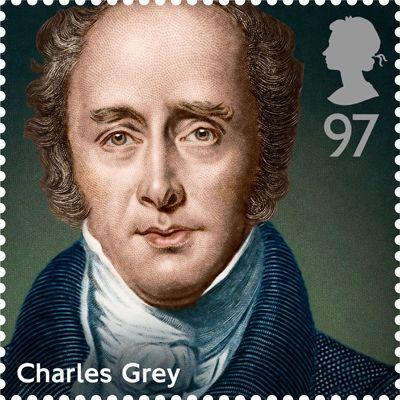
The Prime Ministers set of eight stamps, to be issued on October 14, feature some of Britain’s most influential civilian leaders, four of them from the 18th and 19th centuries and the other four from the 20th century.
The office of Prime Minister was not created, but evolved over a long period of time. Officially, the post is still First Lord of the Treasury, although the term ‘Prime Minister’ came into use as a convenience around 200 years ago.
Retrospectively, historians consider Robert Walpole (1721–42) as the first to hold the post, and he remains the longest-standing incumbent. David Cameron is the 53rd.
Technically, the Prime Minister is still chosen by the monarch, but the constitution essentially requires it to be the leader of the political party which commands majority support in the elected House of Commons.
Designed by Together, the stamps were printed in lithography by International Stamp Printers.
97p William Pitt the Younger
Having become the youngest Prime Minister at the age of just 24, Pitt held office from 1783-1801 and 1804-06, leading Britain into and through much of the Napoleonic Wars. He steered the country through the threat of radical upheaval, introduced income tax to pay for the war, reformed the government of India and passed the Act of Union between Great Britain and Ireland.
97p Charles Grey
The Earl Grey after whom the blend of tea was named held office from 1830-34, a short period during which two hugely significant pieces of legislation were enacted. The Great Reform Act of 1832 opened up the vote to one in five adult males and abolished the abuses of tiny constituencies dominated by wealthy landowners. The Slavery Abolition Act of 1833 ended the practice of slavery in the British Empire.
97p Robert Peel
A key mover in transforming the old Tory Party into the modern Conservative Party, Peel held office from 1834-35 and 1841-46. As Home Secretary he had earlier established the Metropolitan Police Force, but his key achievement as PM was the one which brought him down: repealing the Corn Laws which had constrained free trade and contributed to famine in Ireland.
97p William Gladstone
The ‘Grand Old Man’ of British politics, Gladstone held office four times at the head of the Liberal governments of 1868-74, 1880-85, 1886 and 1892-96, finally leaving the post at the record age of 84. He extended the suffrage, introduced secret ballots in elections and reformed the civil service. He also advocated Irish Home Rule, but failed to get a Bill through Parliament.
1st class Winston Churchill
Churchill has spent 40 years in politics, starting as a Liberal, before taking office twice as a Conservative Prime Minister, from 1940-45 and 1951-55. Having warned about the dangers of Nazism for many years, he achieved legendary status for the inspiring and uncompromising way in which he led Britain through World War II.
1st class Clement Attlee
After winning a landslide election after World War II, Attlee’s Labour government of 1945-51 was credited with founding the state-funded National Health Service, creating the ‘cradle to grave’ welfare state, improving access to education, nationalising major industries and public utilities, and starting the decolonisation of the British Empire.
1st class Harold Wilson
In two spells in office as a Labour PM, from 1964-70 and 1974-76, Wilson encouraged improvements in industrial technology, reformed racial and sexual equality laws and extended access to higher education. He also held Britain’s first national referendum, on membership of the European Community, in 1975.
1st class Margaret Thatcher
In office from 1979-90, Thatcher was the first female Prime Minister, winning three general elections as Conservative leader and never losing one. Her governments increased home ownership, privatised state-owned companies, restructured the economy and restricted the power of trade unions, as well as fighting the Falklands War in 1982.
OTHER PRODUCTS
The presentation pack, written by the historian Dr Robert Saunders, considers the achievements of the featured Prime Ministers and provides a history of 10 Downing Street. A first day cover and stamp cards are also available.
PRICES
Set of 8 stamps £6.36
Presentation pack £6.90
Stamp cards £3.60
First day envelope £0.30
First day cover £8.11
TOTAL £25.27
VERDICT
COMMEMORATIVE WORTH ***
Why has Britain been so much more reticent than other countries in celebrating its national leaders?
QUALITY OF DESIGN **
It’s a coherent set of designs, if rather dull, offering no hint about the subjects’ life and times
WOW FACTOR **
Stamps honouring Pitt and Grey won’t cause earthquakes, although one for Mrs Thatcher might be controversial


